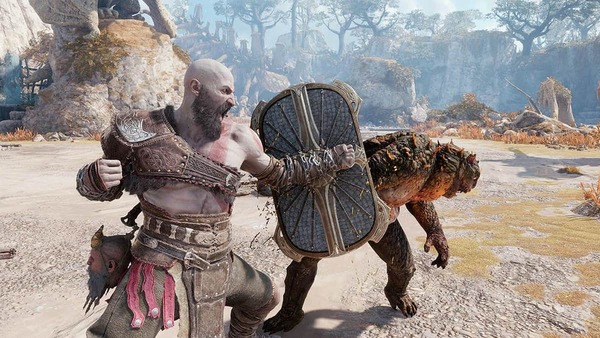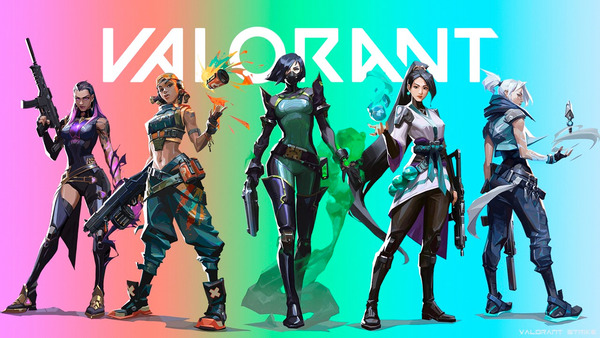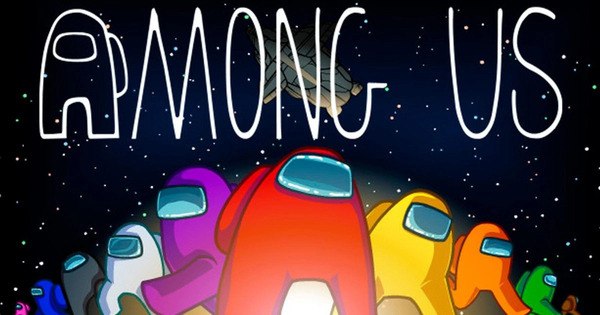Fortnite is more than just a game. It is a global platform, cultural event, and technological showcase that redefined what an online multiplayer experience can be. Developed by Epic Games and launched in 2017, Fortnite burst onto the gaming scene with explosive popularity, especially among younger players and streamers.
At its peak, Fortnite was a household name — not just for gamers, but across pop culture. With its vibrant art style, crossovers with celebrities and franchises, and dynamic gameplay, Fortnite became a digital playground where players could shoot, build, dance, and socialize. Even years after its release, it remains one of the most played, watched, and monetized games in the world.
1. The Origins of Fortnite
Fortnite's roots stretch back to 2011 when Epic Games announced it as a cooperative survival game centered around building and defending structures. That version eventually became Fortnite: Save the World, a player-versus-environment mode where players fought waves of zombie-like creatures called Husks.
Though innovative, Save the World didn't reach widespread acclaim. But in 2017, Epic pivoted toward the then-emerging battle royale trend. Inspired by the success of games like PlayerUnknown’s Battlegrounds, Epic released Fortnite: Battle Royale as a free standalone mode. The rest, as they say, is history.
The battle royale version of Fortnite gained traction rapidly due to its fast-paced action, colorful aesthetic, and accessibility across multiple platforms. Within a few months, it became a global sensation.
2. The Rise of the Battle Royale Phenomenon
Fortnite: Battle Royale drops 100 players onto a massive island where they must scavenge for weapons, build structures, and fight until only one remains. The shrinking safe zone adds urgency, pushing players closer together as the match progresses.
What set Fortnite apart from other battle royale games was its unique building mechanic. Players could harvest materials and instantly construct walls, ramps, and forts. This added a new dimension to combat and mobility, rewarding quick reflexes and strategic planning.
The game’s cartoonish graphics and lack of gore also made it more accessible to younger audiences, further widening its appeal. Coupled with its fast matchmaking, frequent updates, and free-to-play model, Fortnite became a social and competitive experience unlike anything else at the time.
3. Seasons, Live Events, and Evolving Gameplay
Fortnite’s success is closely tied to its seasonal model. Every few months, a new season launches with a fresh theme, gameplay changes, new weapons, and map modifications. These updates keep the game feeling alive and evolving.
Beyond simple patches, Fortnite became famous for its in-game live events. From the rocket launch in Season 4 to the Travis Scott concert, black hole event, and Marvel crossovers, these moments transformed Fortnite into a virtual event platform that players and spectators alike didn’t want to miss.
These live spectacles blurred the lines between game and show, creating real-time experiences that fostered viral engagement and media coverage. Few other games have reached this level of dynamic world-building.
4. Creative Mode and the Fortnite Metaverse
In 2018, Fortnite introduced Creative Mode, allowing players to build their own maps, minigames, and environments using the game’s assets. This expanded the game beyond battle royale, turning it into a platform for expression and experimentation.
Players began developing parkour courses, obstacle arenas, role-playing experiences, and even educational simulations. Some content creators used Creative Mode to host tournaments, art galleries, or story-based experiences.
This mode positioned Fortnite as part of a broader “metaverse” vision — a persistent, shared digital space where people could interact beyond traditional gameplay. The inclusion of concerts, film trailers, and lectures further pushed Fortnite into this emerging territory.
5. Crossovers, Skins, and the Pop Culture Machine
One of Fortnite’s most defining features is its integration of pop culture. Over the years, the game has introduced skins, emotes, and characters from Marvel, DC, Star Wars, Dragon Ball, Naruto, and even real-world celebrities like LeBron James, Ariana Grande, and MrBeast.
These collaborations often go beyond cosmetic items. Entire seasons have been built around franchises like Marvel, and live events have centered on characters like Galactus or Thanos.
This strategy keeps Fortnite in the public eye, attracting fans from all entertainment sectors. It turns the game into a digital billboard and a playground for the biggest names in entertainment, helping it maintain cultural relevance.
6. Esports and Competitive Play
While Fortnite appeals strongly to casual players, it has also carved out a place in the competitive gaming world. Epic Games invested heavily in esports, most notably with the 2019 Fortnite World Cup, which featured a $30 million prize pool and global qualifiers.
Players like Bugha, who won the solo championship, became instant celebrities. Fortnite's mix of shooting and building mechanics makes it a unique challenge for esports professionals, and the competitive scene is active with Cash Cups, FNCS events, and third-party tournaments.
However, balancing Fortnite’s competitive ecosystem has been a challenge. Frequent game updates can disrupt strategies, and the introduction of new mechanics or items often impacts tournament fairness. Still, the game remains a major player in online competitions.
7. Accessibility, Platforms, and Crossplay
One reason Fortnite became a global hit is its broad accessibility. The game is free-to-play and available on virtually every platform — PC, PlayStation, Xbox, Nintendo Switch, Android, and even cloud gaming services. Cross-platform play allows friends to team up regardless of device.
Its visual design and low hardware requirements make it playable on modest systems. Meanwhile, the user interface is clean and simple enough for younger players to learn quickly.
Whether using a controller, mouse and keyboard, or touch screen, Fortnite adapts well to player preference. This broad appeal helped it become a go-to game for kids, teens, and adults across the world.
8. Monetization and the Item Shop
Fortnite’s financial success is largely driven by its cosmetic-based monetization model. Players can buy V-Bucks, the in-game currency, to purchase skins, pickaxes, gliders, dances, and more from the rotating Item Shop.
The Battle Pass system, which offers dozens of unlockable rewards over a season, provides value for consistent players. Completing daily and weekly challenges grants XP and unlocks cosmetic tiers.
Importantly, Fortnite does not sell pay-to-win items. All purchases are purely cosmetic. This has helped maintain fairness in gameplay while still generating billions in revenue for Epic Games.






























